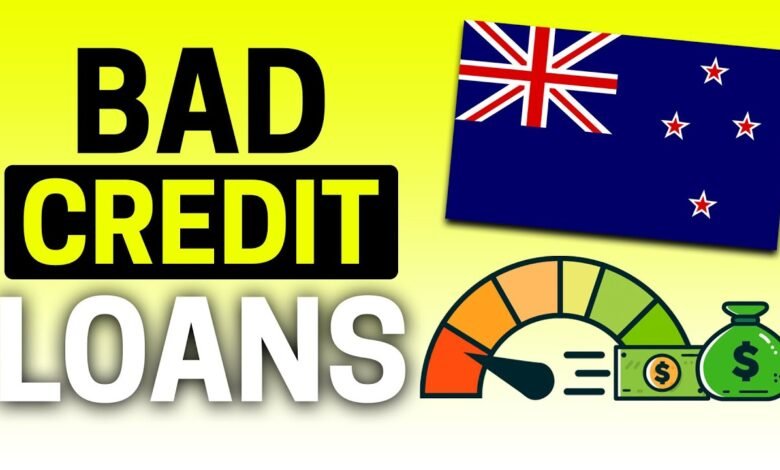Bad Credit Loans: Secured vs. Unsecured Options

When facing financial challenges with a less-than-ideal credit score, understanding the differences between secured and unsecured bad credit loans can significantly impact your Loans for Bad Credit borrowing decisions. Here’s a comprehensive guide to help you navigate these options effectively.
Introduction to Bad Credit Loans
Bad credit loans are financial products designed for individuals with low credit scores. They provide an opportunity to access funds despite having a less favorable credit history.
Secured Bad Credit Loans: Definition and Features
Secured loans require collateral, such as a vehicle or property, to secure the loan. This collateral serves as a guarantee for the lender, reducing their risk and potentially offering lower interest rates.
Benefits of Secured Bad Credit Loans
Secured loans often come with lower interest rates compared to unsecured loans due to the reduced risk for the lender. They also may offer higher borrowing limits and longer repayment terms.
Risks of Secured Bad Credit Loans
The main risk of secured loans is the potential loss of collateral if you fail to repay the loan. This risk underscores the importance of careful consideration and realistic repayment planning.
Unsecured Bad Credit Loans: Definition and Features
Unsecured loans do not require collateral, relying instead on the borrower’s creditworthiness. These loans are granted based on factors such as income stability, employment history, and overall financial situation.
Benefits of Unsecured Bad Credit Loans
One of the primary advantages of unsecured loans is the lack of collateral requirements, which simplifies the application process and removes the risk of losing valuable assets. They are also typically faster to obtain.
Risks of Unsecured Bad Credit Loans
Due to the higher risk for lenders, unsecured loans often come with higher interest rates and stricter eligibility criteria. Borrowers with very poor credit scores may find it challenging to qualify for these loans.
Comparison: Interest Rates and Fees
Secured loans generally have lower interest rates than unsecured loans, reflecting the reduced risk to the lender. However, borrowers should carefully compare the total cost of borrowing, including fees and charges.
Eligibility Requirements
Both types of bad credit loans have specific eligibility criteria. Secured loans focus on the value of the collateral and the borrower’s ability to repay, while unsecured loans prioritize credit history, income stability, and employment status.
Choosing the Right Option for You
The decision between secured and unsecured bad credit loans depends on your financial circumstances, risk tolerance, and repayment capability. Evaluate factors such as interest rates, repayment terms, and the impact on your financial stability.
Improving Credit with Responsible Borrowing
Regardless of the type of bad credit loan chosen, responsible borrowing behavior can contribute to rebuilding your credit score over time. Make timely payments and avoid taking on additional debt unless necessary.
Conclusion
In conclusion, understanding the differences between secured and unsecured bad credit loans is crucial for making informed financial decisions. Whether you opt for the security of collateral with a secured loan or prefer the flexibility of an unsecured loan, prioritize affordability and responsible borrowing practices to improve your financial health.
By carefully weighing the benefits and risks associated with each option, you can navigate the complexities of bad credit loans more effectively and choose the option that best suits your needs.



